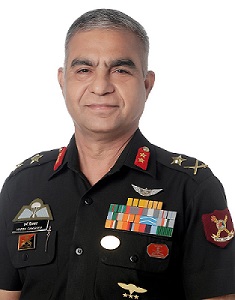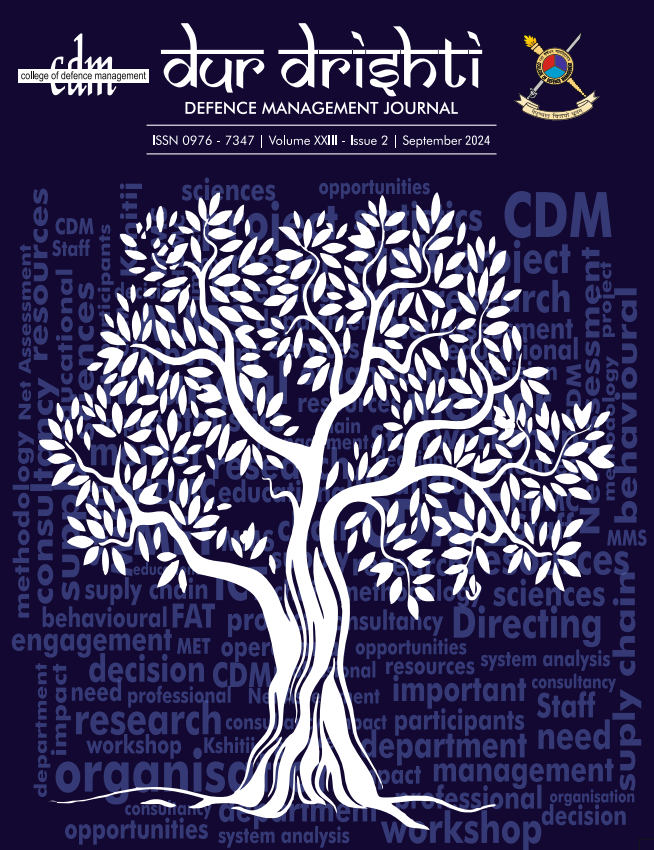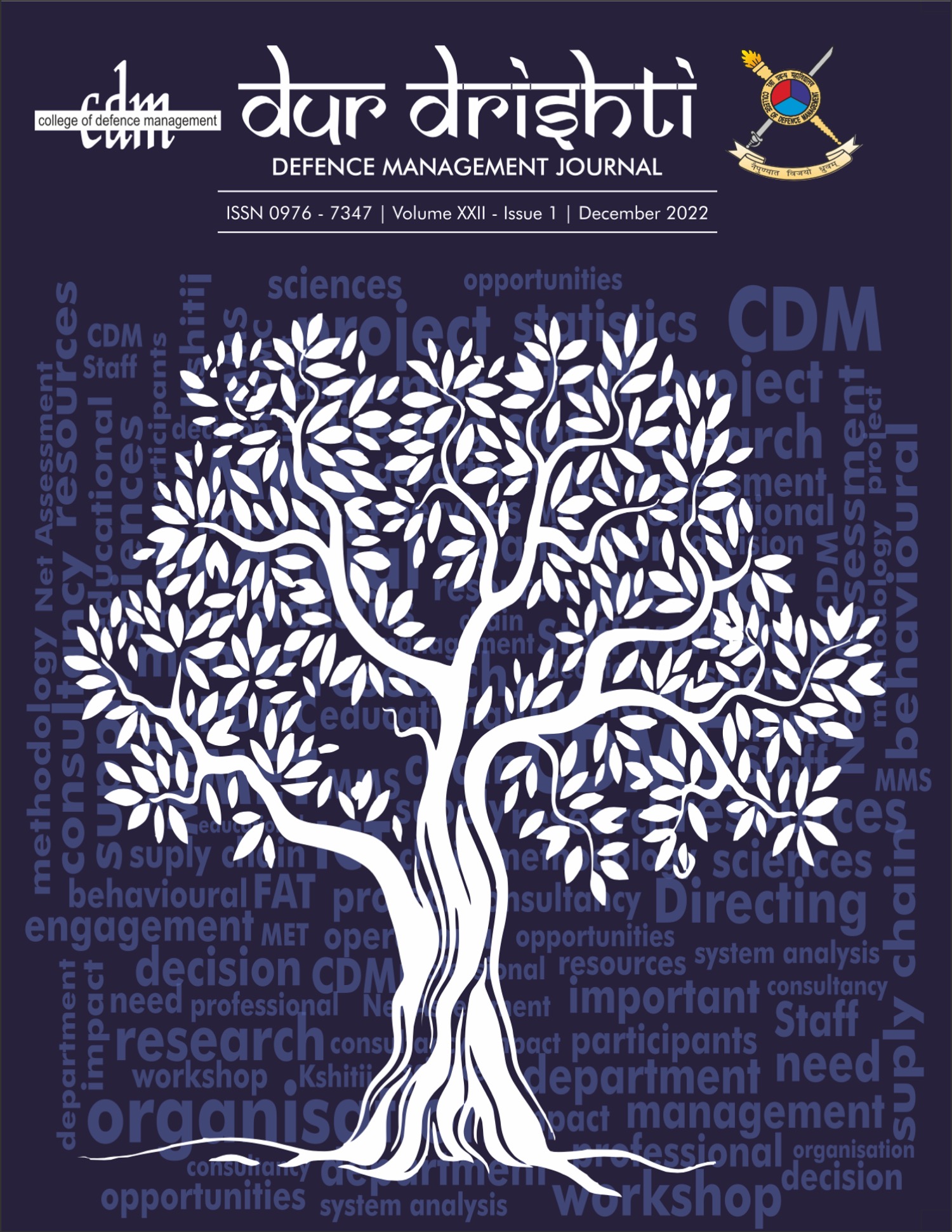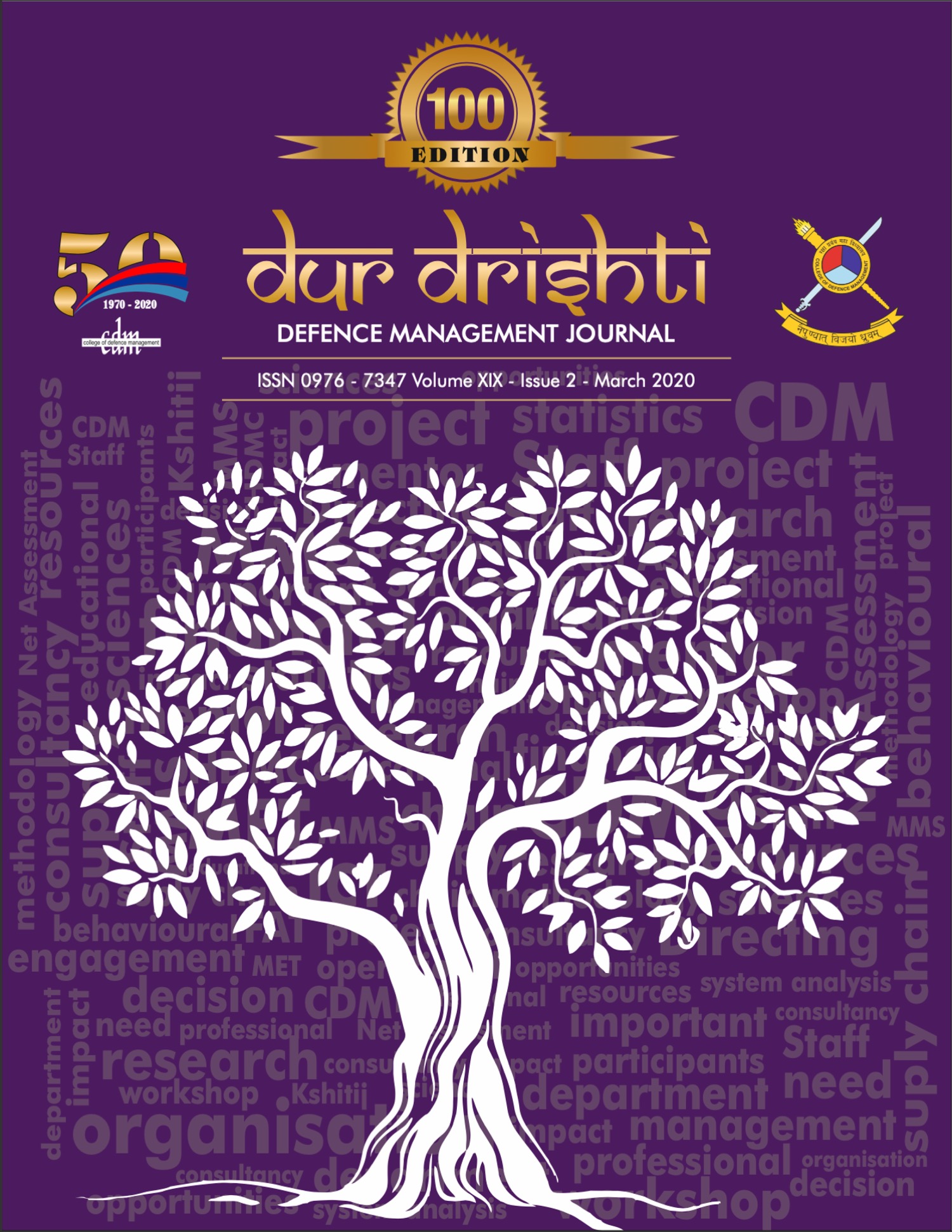






Chief Editor
Associate Editor
Associate Editor
Executive Editor
DMJ Membership Type | Privileges | Fees (₹) |
One-year subscription | Restricted access to DMJ with user ID | 1,000.00 |
Three years subscription | 2,500.00 | |
Life Member Individual (20 Years) | Full access with registered user ID | 10,000.00 |
Life Member Organisation/ Units (10 years) | Full access with registered user ID and hardcopy of each edition | 15,000.00 |
The access to e-publication will be made available to registered users as per terms and conditions stated on DMJ website. The charges applicable for FY 2025-26 are as follows:
| No of Issues | Amount (₹) |
| Single printed latest Issue of DMJ | 350.00 |
| Old Issues (Based on availability) | 100.00 |
| Complimentary Copy to Authors | Nil |
(Please e-mail this signed scanned copyright form with author’s other registration documents to editordmjcdm@gmail.com)
Please complete and sign the form and send it with the final version of your manuscript. It is required to obtain written confirmation from authors in order to acquire copyrights for papers published in the Journal so as to index them to various repositories.
Title of paper: | |
Author(s): | |
The undersigned hereby transfers all rights of the paper without limitation to the DMJ. The undersigned hereby undertakes and warrants that the paper is original and that she/ he is the author of the paper, except for the material that is clearly identified as to its original source, with permission notices from the copyright owners where required. The undersigned has the power and authority to make and execute this agreement. The article submitted is neither published in any form prior to submission nor being concurrently submitted to other publishers or conferences. The article submitted was not subjected to rejection in the past by any authority or doesn’t have any conflicts of interest.
This agreement is to be signed by at least one of the authors who have obtained the assent of the co-author(s) where applicable and send to: editordmjcdm[at]gmail.com.
It is certified that only unclassified information is referred or included in the submitted article and due care has been exercised that no sensitive information or content is included.
Author’s Signature & Date | |
Name: | |
Author Unique Id (if any) | |
Designation: | |
Institution or Organisation | |
email: | |
Contact numbers: |
The Editor
Dur Drishti
College of Defence Management
Sainikpuri PO, Secunderabad – 500 094, Telangana, India
Ph: +91 40 27113400
Email: editordmjcdm[at]gmail.com
Visit us at https://cdm.gov.in

An alumnus of the prestigious National Defence Academy, Major General Harsh Chhibber was commissioned into the Army Service Corps in December 1988. His distinguished career is marked by academic excellence, steering technology absorption and a passion for adventure.
Throughout his service, he has consistently demonstrated exceptional academic prowess. He holds a Doctor of Philosophy (PhD) on Public Policy along with two M.Phil degrees in Business Management and Public Administration. His dedication to professional development is further evidenced by his qualifications on the Technical Staff Officers Course(TSOC), Higher Defence Management Course (HDMC), and the Advanced Professional Programme in Public Administration (APPPA).
Major General Chhibber’s military experience is vast and encompasses various important assignments in Eastern, Northern and Western Sectors including command of the Para ASC company, an ASC Battalion and the ASC training Centre. He has been Brigadier General Staff (Information System) in Eastern Sector and Major General (Operational Logistics) in Northern Sector. He has also served as an instructor at the Army Service Corps Centre and College and as the Directing Staff and Head of the Financial Management Department at College of Defence Management.
A prolific writer he has written many papers on technology absorption in Indian Army and presented same at National Seminars. Software applications developed and implemented by him are in use in a large number of units.
Beyond his academic and military achievements, General officer is a passionate adventurer. A skilled skydiver, mountaineer and car rally driver, he exemplifies the spirit of courage and determination that defines the Indian Army.
His distinguished service has been recognized through numerous awards including Ati Vishisht Seva Medal (AVSM) on 26 Jan 2025, Vishisht Seva Medal (VSM) on 26 Jan 2022, the Chief of Army Staff Commendation Card, and the General Officer Commanding-in-Chief Commendation Cards (twice). On 01 Oct 2024, the General Officer was appointed Colonel Commandant of Army Service Corps.
Currently, he holds the prestigious appointment of Commandant of the College of Defence Management (CDM), effective June 1, 2024. His vast experience and leadership qualities make him well-positioned to guide future generations of military leaders.
We use cookies to personalize your experience. By using our website, you agree to our Terms and conditions and Privacy policy